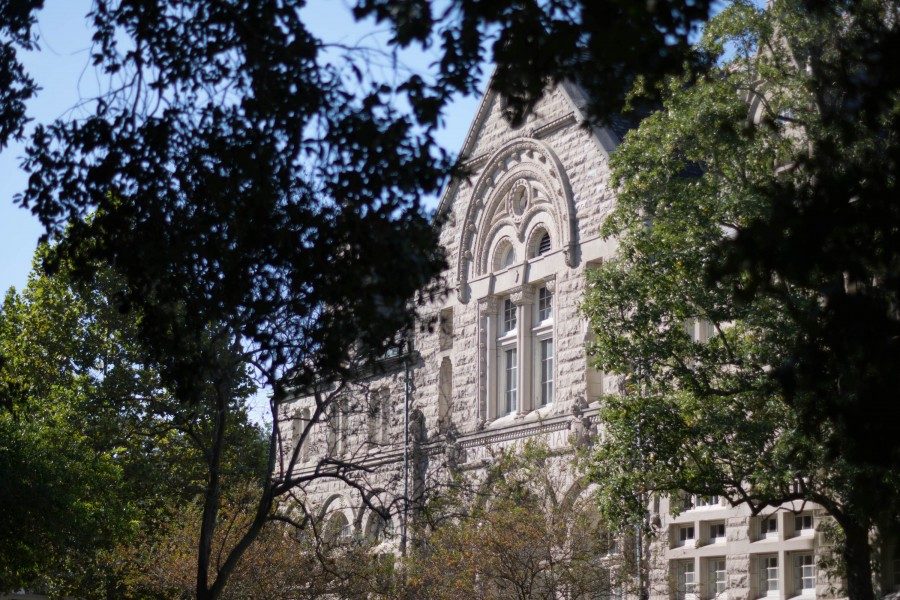A history of alcohol at Tulane: From Prohibition to No. 1 Party School
Tulane was still busy this summer, with senior administration appointments, a new Louisiana abortion ban and a set of more lenient COVID-19 polices.
It is no secret that the relationship between Tulane University and alcohol consumption has been closely scrutinized in recent years. From its location in New Orleans, a city known in part for festivals and having more bars per capita than any other US city, to its 2017 Princeton Review Ranking as the nation’s No. 1 Party School, some would say the institution has developed a “work hard, play hard” reputation in the imagination of the general public.
But with any reputation comes the interesting history of how it came to be. Before earning the rank of the Princeton Review’s No. 1 Party School in 2017, how did Tulane garner such a standing? And, perhaps more importantly, is such a reputation deserved?
Fortunately, The Tulane Hullabaloo has been documenting alcohol culture at this hallowed institution since the age of prohibition, amassing a story nearly 100 years in the making. The following timeline illustrates how Tulane’s reputation came to be, how administrators and policymakers took steps to combat it and how students fit into this narrative.
Your donation will support the student journalists of Tulane University. Your contribution will allow us to purchase equipment and cover our annual website hosting costs.

















Leave a Comment